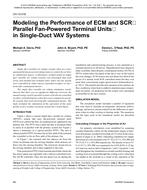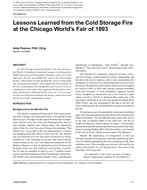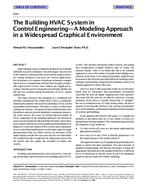There has been considerable activity in recent years to develop technologies that could reduce or levelise residential and light-commercial building space cooling electrical use and heating/cooling energy use. For example, variable- or multispeed electric heat pumps, electric ground-source heat pumps, dual-fuel heat pumps, multifunction heat pumps, and electric cool storage concepts have been developed; and several types of gas heat pumps are emerging. A residential gas heat pump (GHP) benefits assessment is performed to assist gas utility and equipment manufacturer decision making on the level of commitment they should make to the technology. The methodology and generic types of results that can be generated are described. National market share is estimated using a market segmentation approach. The assessment design requires dividing the 334 Metropolitan Statistical Areas (MSAs) of the United States into 42 market segments of relatively homogeneous weather and gas/electric rates (14 climate groupings by 3 rate groupings). Gas and electric rates for each MSA are evaluated to arrive at population-weighted rates for the market segments. GHPs are competed against 14 conventional equipment options in each homogeneous segment.
KEYWORDS: year 1995, domestic, heat pumps, gas engine heat pumps, markets, USA, payback period, comparing, heat load, cooling load, energy consumption, peak load, cost benefit analysis
Citation: Symposium, ASHRAE Trans. 1995, Vol.101, Part 2
Product Details
- Published:
- 1995
- File Size:
- 1 file , 1.4 MB
- Product Code(s):
- D-17305


